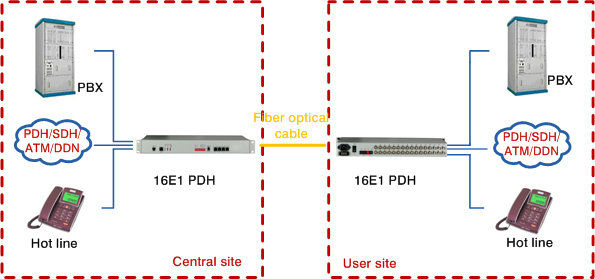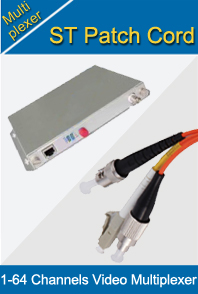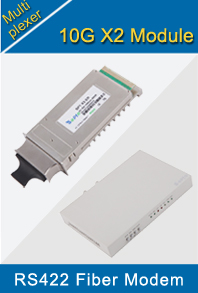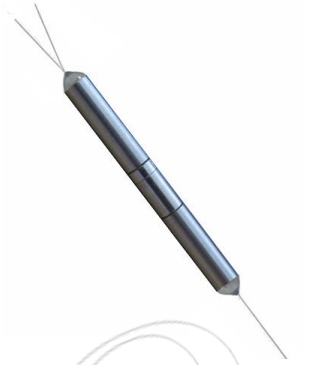-

- Sopto Home
-

- Special Topic
-

- Multiplexer Knowledge
-

- What Is Multiplexing and Demultiplexing?
Multiplexer Knowledge
- Why is Multiplexing Needed in Data Communication Systems?
- What is Concept of Multiplexing in Telephone System?
- What is Digital TV Frequency?
- Outlook of the WDM Networks
- DWDM Technical Overview
- CWDM Technical Overview
- How to Activate Cable Modems?
- How to Install a Fiber Optic Modem?
- How do I Choose a Best Fiber Modem?
SOPTO Special Topic
Certificate



Guarantee
Except products belongs to Bargain Shop section, all products are warranted by SOPTO only to purchasers for resale or for use in business or original equipment manufacturer, against defects in workmanship or materials under normal use (consumables, normal tear and wear excluded) for one year after date of purchase from SOPTO, unless otherwise stated...
Return Policies
Defective products will be accepted for exchange, at our discretion, within 14 days from receipt. Buyer might be requested to return the defective products to SOPTO for verification or authorized service location, as SOPTO designated, shipping costs prepaid. .....
Applications
Multiplexers can be used to connect PBX, Hot line and other devices of network from central site to user site through fiber optical cable.
SOPTO Products
- Fiber Optic Transceiver Module
- High Speed Cable
- Fiber Optical Cable
- Fiber Optical Patch Cords
- Splitter CWDM DWDM
- PON Solution
- FTTH Box ODF Closure
- PCI-E Network Card
- Network Cables
- Fiber Optical Adapter
- Fiber Optical Attenuator
- Fiber Media Converter
- PDH Multiplexers
- Protocol Converter
- Digital Video Multiplexer
- Fiber Optical Tools
- Compatible
Related Products
Performance Feature
High integration desig
Low power consumption
Good EMC, EMI
Stable and Reliable
Multiplexer Knowledge
Recommended


What Is Multiplexing and Demultiplexing?
You multiplex information when you combine several streams of data, then transmit them over a shared medium. When the transmission reaches its destination, the recipient demultiplexes the stream, breaking it down into its original components.
Multiplexing comes in several forms. For example, wavelength-division multiplexing takes place in optical transmissions. The sender prepares several transmissions at different wavelengths -- which means they have different colors -- and beams the streams through a prism which combines them into one transmission. At the end of the fiber-optic line, another prism demultiplexes the transmission by splitting the light back into its component beams. Radio and telephone also make use of multiplexing to keep communications from interfering with each other.
Filter Wavelength Division Multiplexer
Multiplexing is essential for transmitting information across the Internet. When you have multiple applications running, your computer needs to direct any data it receives to the appropriate application. The computer will multiplex the data before sending it to the network layer, the level of the system that handles routing for information you transmit. When the combined stream emerges from that layer, it gets demultiplexed, then assigned to the proper application's Internet Protocol (IP) address.
Inverse multiplexing happens when you demultiplex information first, then send it. For example, if you have a single, high-speed data transmission, inverse multiplexing breaks it up into several segments that can be sent over lower-speed connections. When the message reaches its destination, it multiplexes back into the original whole form. Corporations with a growing amount of traffic can use this method to transmit messages without spending more to upgrade their systems than they can afford.
In time-division multiplexing, you divide the available transmission period into time slots and give each potential sender a turn to transmit. The multiplex transmission then goes out with the component transmissions, traveling in order and demultiplexing in that order. Every possible sender has a reserve slot, but some senders may not use their slot in any given time period. You can get around this by skipping senders who are not ready to transmit, but in that case, each slot needs an identifier to show who sent it.
Sopto supplies high quality multiplexing products, like E+E PDH Multiplexer, 1+1 E+E PDH MUX and 1-64 Channels Video Multiplexer and so on. For the newest quotes, please contact a Sopto representative by calling 86-755-36946668, or by sending an email to info@sopto.com. For more info, please browse our website.




